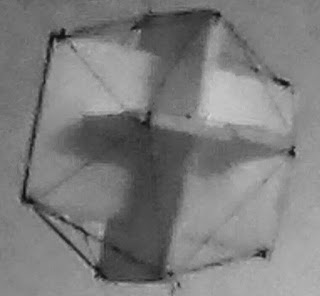The Theoretical Minimum

The Theoretical Minimum series by Leonard Susskind et al. My favourite books by a long way. They do exactly what it says on the tin: Provide the minimum level of theory to start doing Physics properly. Prior to reading these books I had read a lot of pop-science and was always left with an uneasy feeling that I'd been duped. Having chosen to keep the audience broad the authors of most pop science struggle to communicate the concepts, and usually fall back on analogy - or wonder! - creating ambiguity and misunderstanding. (There is one notable exception - Feynman's QED: The Strange Theory of Light and Matter .) The Theoretical Minimum series side steps the problems faced by most science communicators by assuming the readers do have some tools under their belt. Specifically basic calculus. It's then able to take the quickest possible route to the edge of science . (Okay, maybe not the edge, but it feels like it.) Just don't skip any bits because t...








